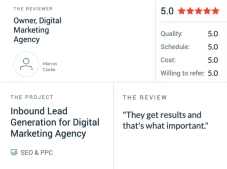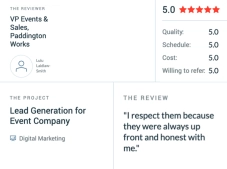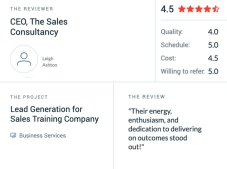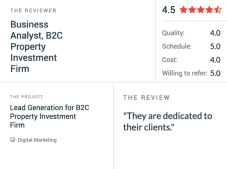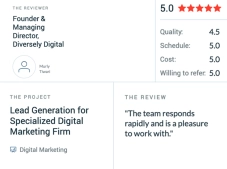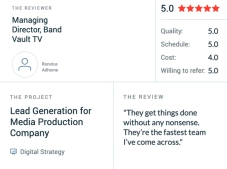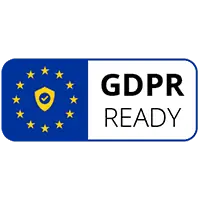Demand generation and lead generation are two crucial parts of any successful marketing plan. Both are important for driving conversions and increasing brand awareness, but there is a key difference between the two that needs to be understood in order to maximize the effectiveness of each one.
Demand generation focuses on creating brand awareness by getting people talking about your product or service through compelling content and strategic campaigns. Lead generation goes one step further by taking those already-aware prospects and turning them into paying customers. In other words, demand generation brings people to your door, while lead generation takes them over the threshold.
What is Demand Generation?
Demand generation is a marketing strategy that focuses on creating demand for products or services. It’s an effective way to attract potential customers and build brand awareness. Demand generation seeks to engage potential customers by providing helpful content, such as blog posts and online resources, that educate them about the benefits of a product or service.
This helps to create trust with the customer, increase their understanding of the product or service, and ultimately drive sales. By using this strategy, businesses can reach new markets and better understand their audiences’ needs. Ultimately, demand generation helps businesses find more qualified leads and convert them into paying customers.
Brand awareness
Brand awareness is an important part of demand generation, as it helps draw potential customers in to learn more about a product or service. When creating brand awareness, the goal is to create positive associations between potential buyers’ experiences and the product or service.
For example, if you sell sunscreen, your desired customer base is quite broad. So it’s important to generate content that appeals to all types of people and encourages them to investigate further.
Through the demand generation process, you create awareness at the top of the funnel by publishing content that resonates with your target audience. Once they start engaging with this content, you can engage them with lead-generation content that will help move them deeper into the sales funnel.
What is Lead Generation?
Lead generation is increasing audience interest in your business offerings, with the goal of converting potential customers. Common tactics for lead generation include CTAs with lead generation forms and gated offers on social media.
Sales intelligence software like ZoomInfo also allows you to obtain contact information from prospects that have searched for content related to your business online.
This ensures that your leads are qualified as they’ve already expressed an interest in what your business has to offer. HubSpot users can use ZoomInfo’s integration with Sales Hub to easily import contacts and follow up with their leads.
Social media
Social media is becoming an increasingly important part of B2B marketing strategies. By creating engaging content and having a presence on platforms like Twitter and LinkedIn, businesses can communicate their unique offerings and updates to their customers.
Additionally, social media can help brands humanise themselves, allowing them to make direct connections with potential customers that are looking for solutions to their problems. It’s no wonder that many B2B marketers have begun leveraging the power of social media in order to generate leads and create a better demand for their products or services.
With creative campaigns and a strategic approach, businesses can increase awareness of their brand while also improving the customer experience.
What is Demand Generation vs. Lead Generation?
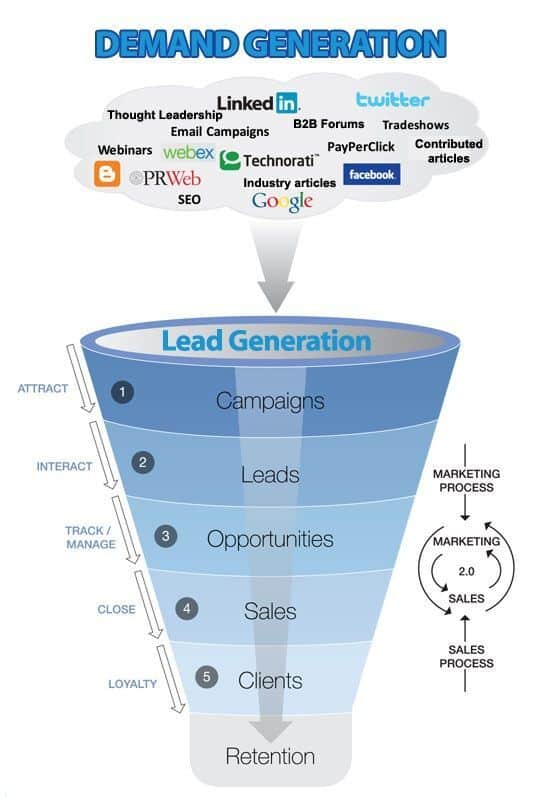
Demand generation and lead generation are two key strategies used to help businesses meet their goals. Demand generation is focused on attracting your target audience, while lead generation is all about converting qualified leads into customers.
Neither can be used exclusively, as demand generation directly helps with lead generation – you can’t nurture qualified leads and convert them into customers until you’ve first attracted them to your business.
See below the collective goals of these two marketing campaigns:
1. Goals
Demand generation and lead generation are two distinct marketing strategies that work together to build relationships with potential customers. The main objective of demand generation is to create awareness among the target audience about your company, its offerings, and the problems it solves. It helps in creating a strong platform that can be used to generate leads later on.
Lead generation, on the other hand, focuses on transforming this initial demand into tangible leads by engaging prospects further down the buyer journey. This involves providing relevant information and resources that help prospects understand why they should choose your product over others. Through lead generation activities such as email campaigns, webinars, and events, you can move existing leads closer to conversion.
2. Engagement
Engagement is a crucial part of both demand generation and lead generation strategies. Demand generation focuses on building trust and authority through thought leadership, while lead generation helps differentiate your solutions from those of your competitors. Both require engaging with potential customers in order to get them interested in your product or service.
Demand generation engages potential customers by providing valuable content that educates them about topics related to their industry. This includes creating whitepapers, blog posts, webinars, or other materials that show how your solutions can help solve their problems. Lead generation also requires engagement but with a more sales-oriented approach. It involves presenting the benefits of using your product or service in an attention-grabbing way that encourages people to take action.
3. Impact
Demand generation and lead generation are both important marketing strategies, but they have very different purposes. Demand generation is focused on educating prospects and answering their questions. It involves creating free content that addresses common customer pain points and shares valuable tips. Lead generation takes it up a level to nurture leads and position your brand.
It typically involves using gated content like webinars or ebooks that require contact information in exchange for access. The impact of these two strategies is significant; demand generation helps you build an audience of engaged prospects who trust your brand, while lead generation helps you convert this audience into qualified leads who are ready to buy. By using both strategies together, you can enjoy the benefits of both demand and lead generation, helping you create a successful marketing funnel with an increased ROI.
Conclusion
To get the most out of both strategies, it’s important to use them together. Demand generation should focus on building relationships with potential customers while lead geneartion concentrates on converting those interested prospects into paying customers. By combining both approaches, you can create a powerful engine for generating leads that drives conversions and increases brand loyalty.
FAQ
What is meant by demand generation?
Demand generation is a data-driven marketing strategy focused on driving awareness and interest in an organization’s products and services, with the ultimate goal of developing long-term customer engagement. Demand generation includes lead capture, lead nurturing and pipeline acceleration.
What is an example of demand generation?
For example: while a social media campaign may eventually drive a purchase, it ultimately is on social media to create wider awareness. That would be the demand generation side of the equation. Lead generation is the more specific part of the strategy that turns interest in the product into action.
What does a Demand Generation Manager do?
A Demand Generation Manager is responsible for developing and implementing strategies to generate leads and revenue for the company. They work closely with the sales and marketing teams to align efforts, and use data and analytics to measure and improve performance.







